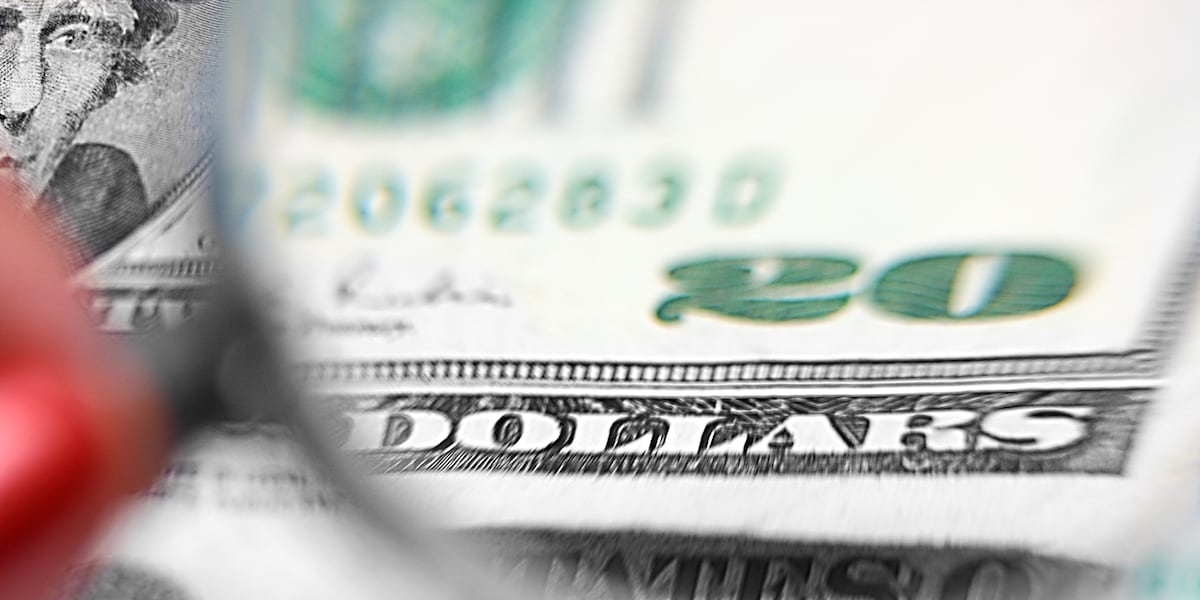UM Flathead Lake bio station lands $6.6M EPA grant to fight pesticide pollution
UM Flathead Lake bio station lands $6.6M EPA grant to fight ... Missoulian
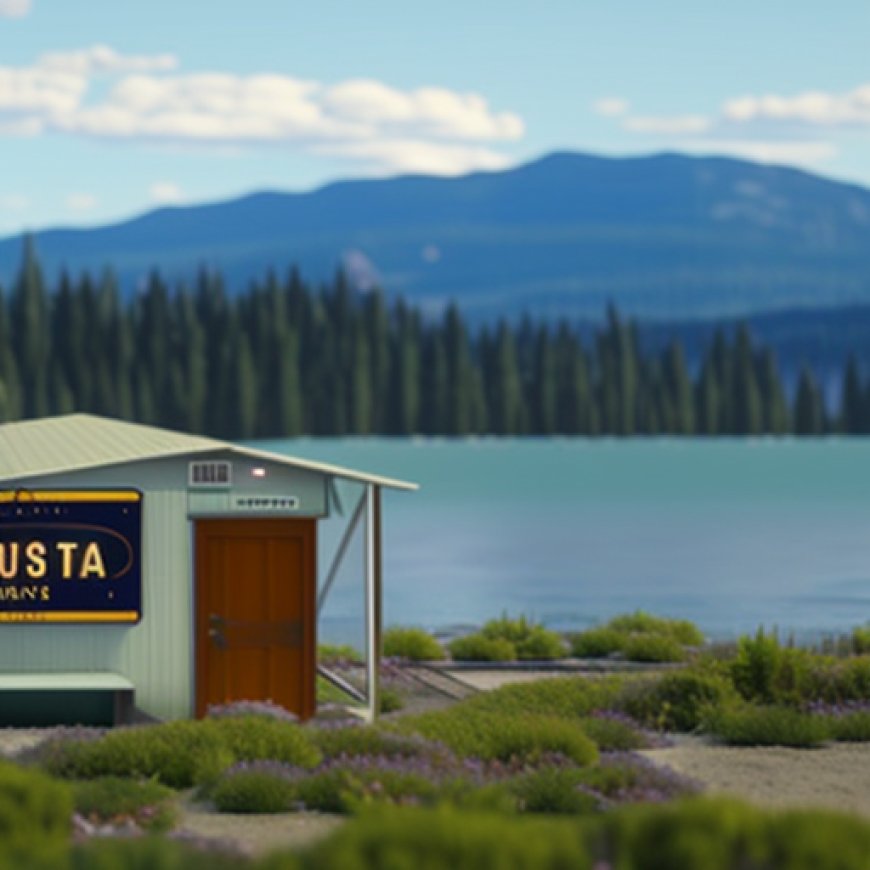

University of Montana Receives $6.6 Million Grant for Pesticide Reduction
The University of Montana has been awarded $6.6 million from the Environmental Protection Agency’s Columbia River Basin Restoration Program for pesticide reduction.
Dr. Rachel Malison, an assistant professor with UM’s Flathead Lake Biological Station, will use the funding to develop and implement a comprehensive and collaborative Pesticide Stewardship Partnership Program for Montana’s Upper Columbia River Basin.
The program aims to reduce pollution and improve water quality while engaging and educating the public on ways to reduce toxins from polluting Montana’s pristine waters.
Background
The Columbia River Basin covers an area of 260,000 square miles and spans 17 federally recognized tribes and seven states. It provides ecological benefits to the region and supports critical economic industries such as commercial fisheries, agriculture, forestry, recreation, and electric power generation. Montana’s portion of the Columbia Basin includes the Clark Fork, Kootenai, and Flathead rivers.
Program Details
Dr. Malison’s program will focus on:
- Targeted water quality sampling for pesticides
- Implementation of actions to reduce pesticides in urban, residential, and agricultural areas
- Monitoring for successful implementation
The program will include activities such as green infrastructure projects to treat stormwater, increased pesticide waste collections, and educational watershed tours. These activities will improve water quality by preventing toxins from entering the environment.
Collaboration and Impact
The program will work in collaboration with the Montana Department of Agriculture, the Montana Department of Environmental Quality, Montana State University, and other stakeholders to leverage matching resources and increase the impact of the program. The Confederated Salish and Kootenai Tribes and the Kootenai Tribe of Idaho will also be involved to address risks to human health from pesticide consumption in fish.
Dr. Malison hopes that this project will create a lasting legacy for future generations by building a network of stakeholders to implement projects on the landscape and protect Montana’s waters. The program aims to develop resources that can be used by residential users, producers, and other stakeholders to reduce the impact of pesticides on water quality and aquatic communities.
Sustainable Development Goals (SDGs)
This project aligns with several SDGs, including:
- No Poverty
- Zero Hunger
- Good Health and Well-being
- Clean Water and Sanitation
- Life Below Water
- Life on Land
- Partnerships for the Goals
Conclusion
The University of Montana’s Pesticide Stewardship Partnership Program will play a crucial role in reducing pesticide pollution and improving water quality in Montana’s Upper Columbia River Basin. By engaging multiple stakeholders and implementing targeted actions, the program aims to create a sustainable and healthy environment for current and future generations.

Join us, as fellow seekers of change, on a transformative journey at https://sdgtalks.ai/welcome, where you can become a member and actively contribute to shaping a brighter future.
What is Your Reaction?













/sexual-and-reproductive-health-and-research-(srh)/adolescent-girls-in-brazil.tmb-1200v.jpg?sfvrsn=2e39b779_1)


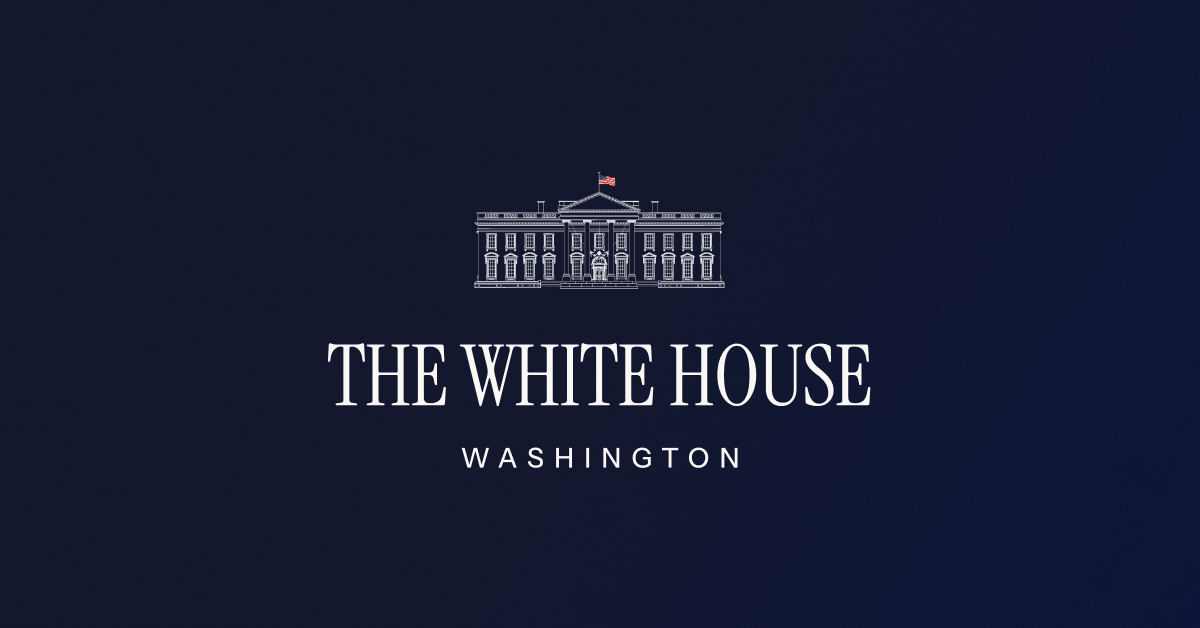

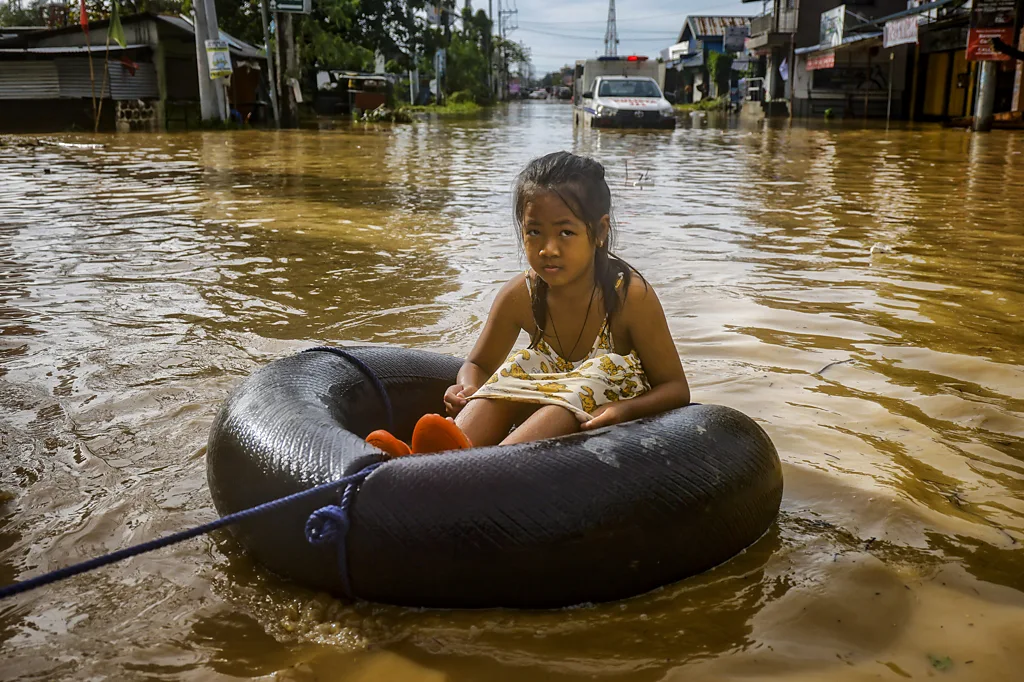

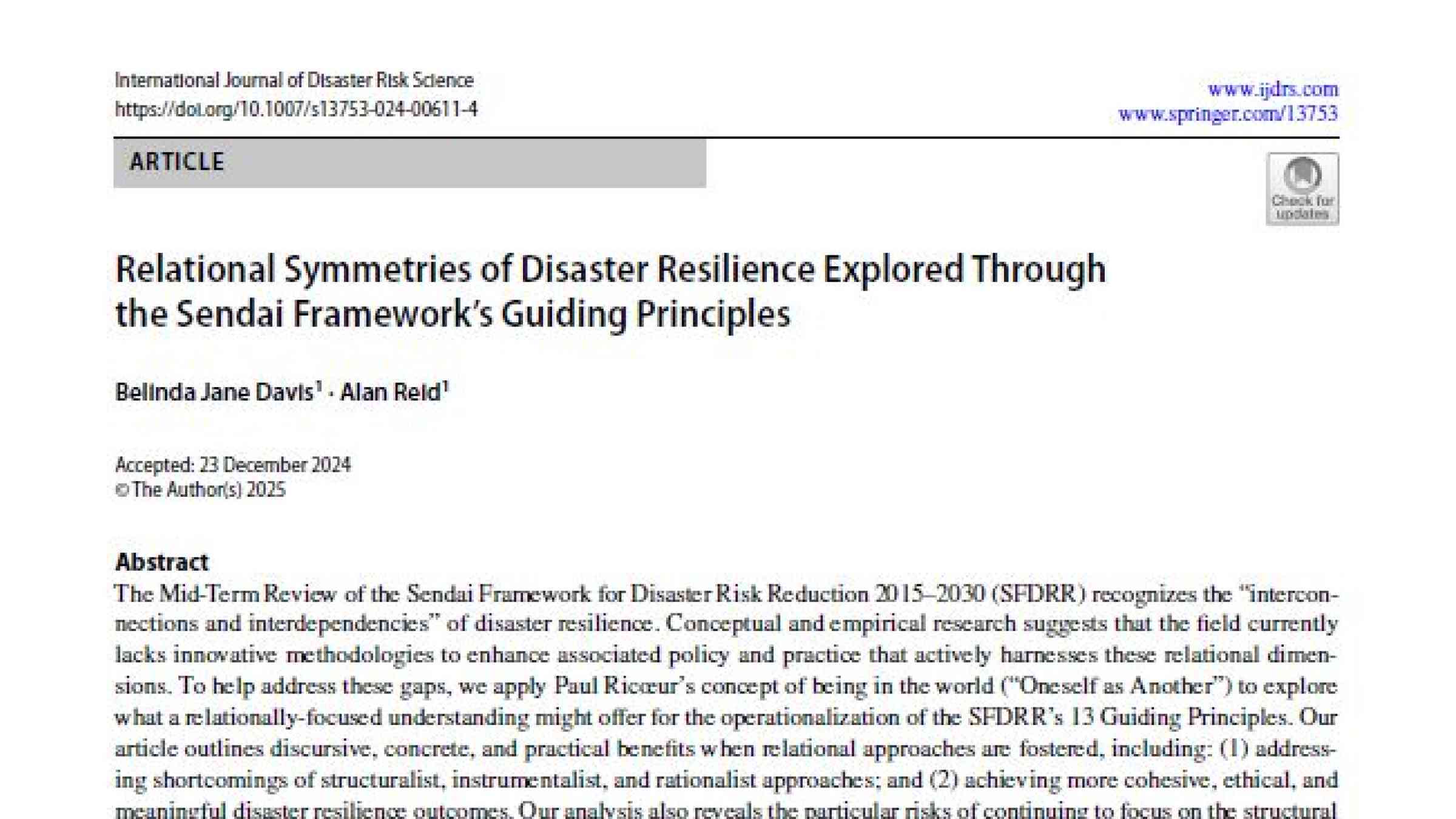
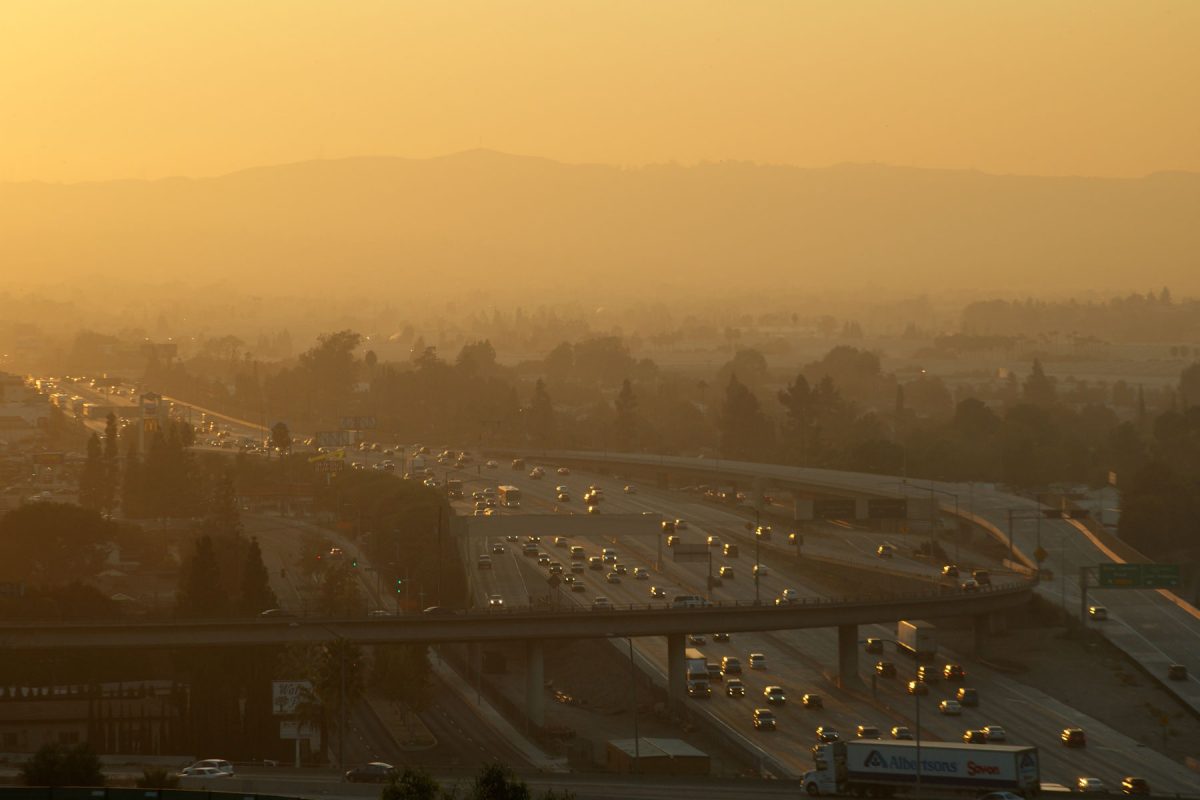
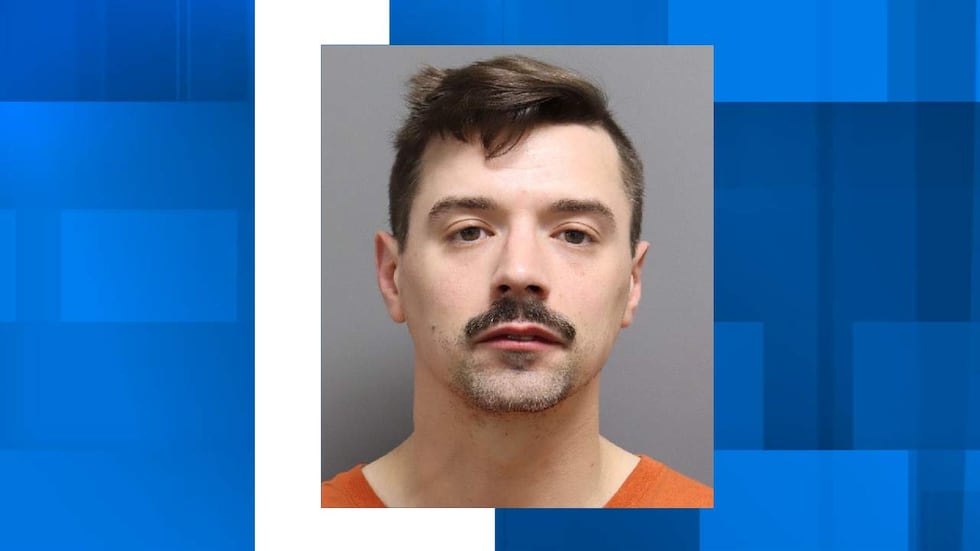







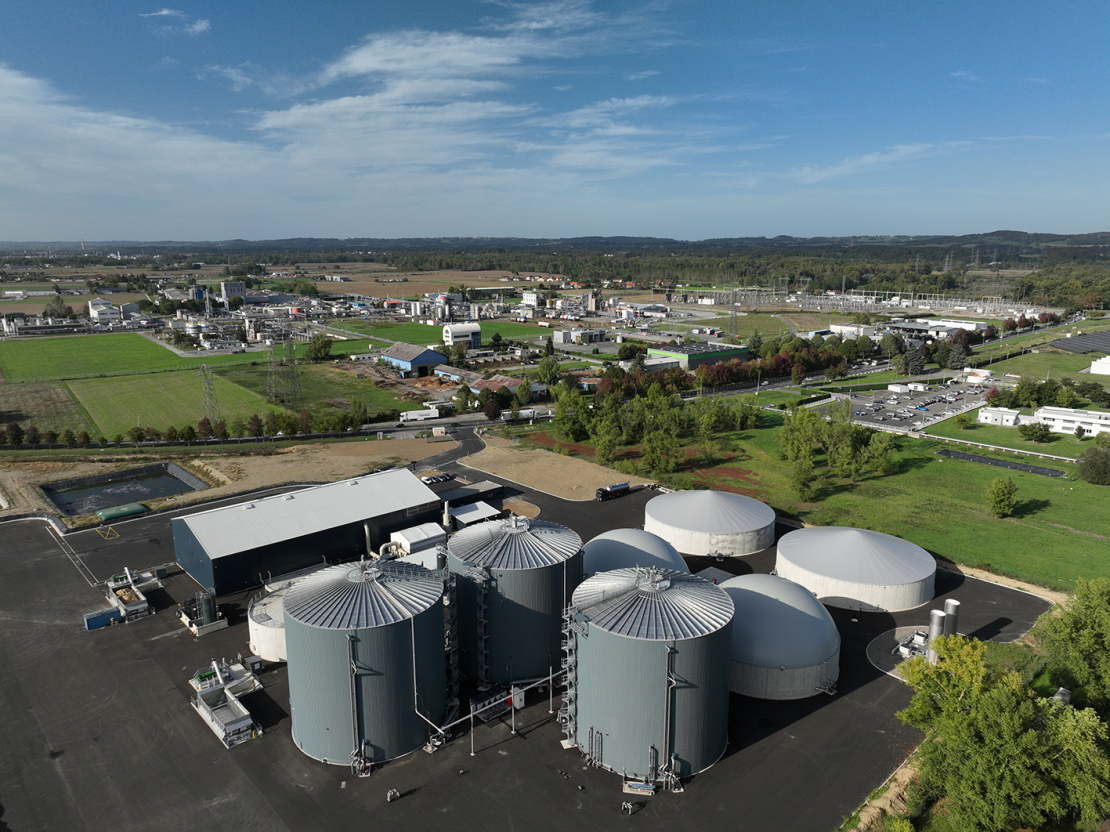













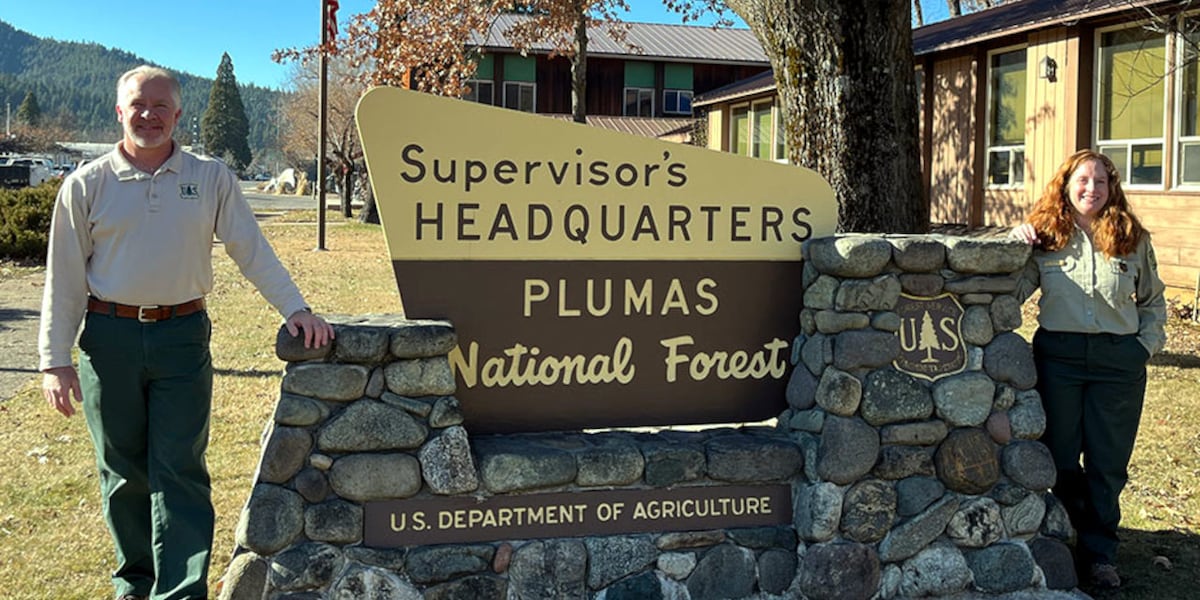
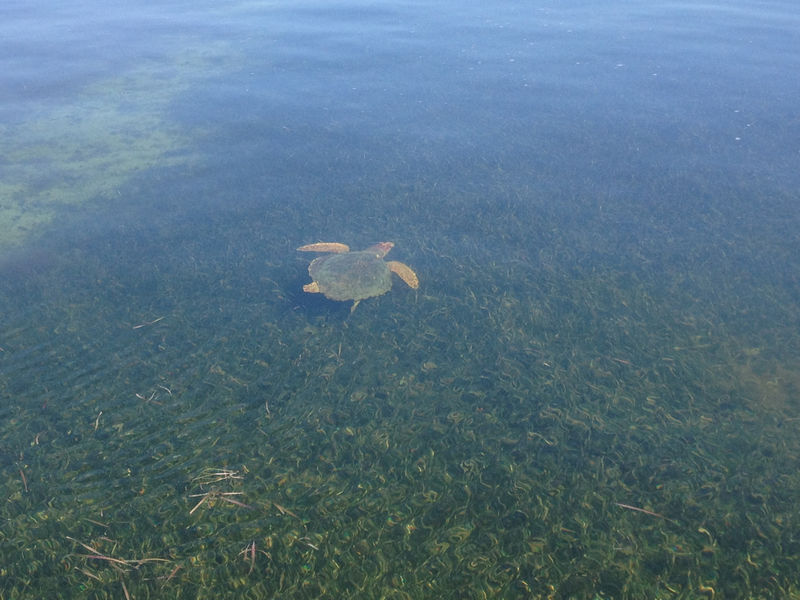
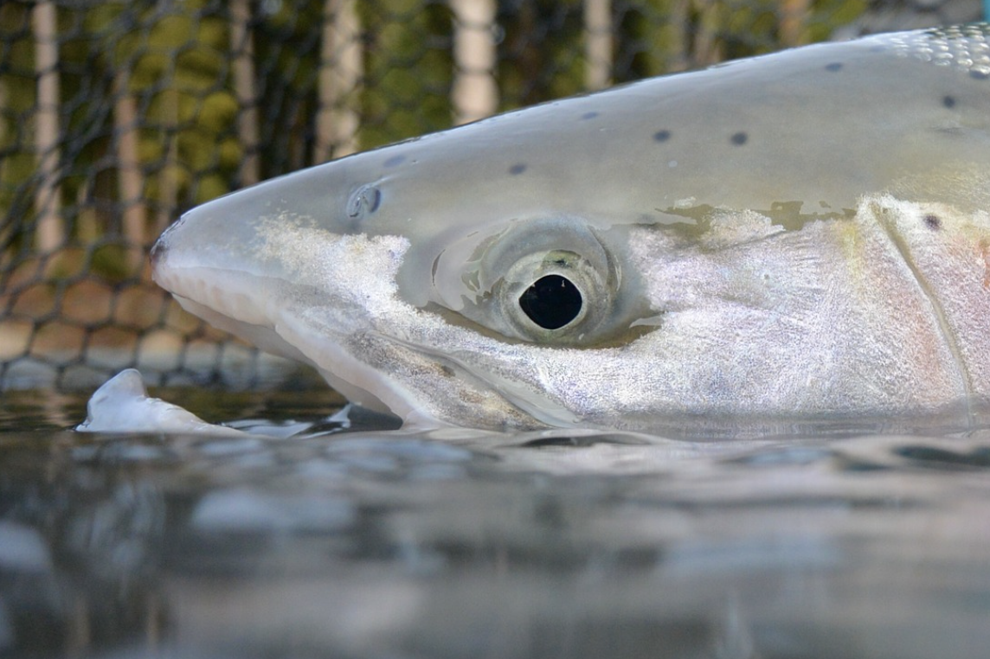

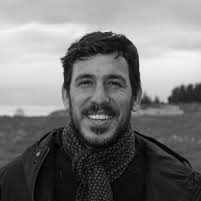


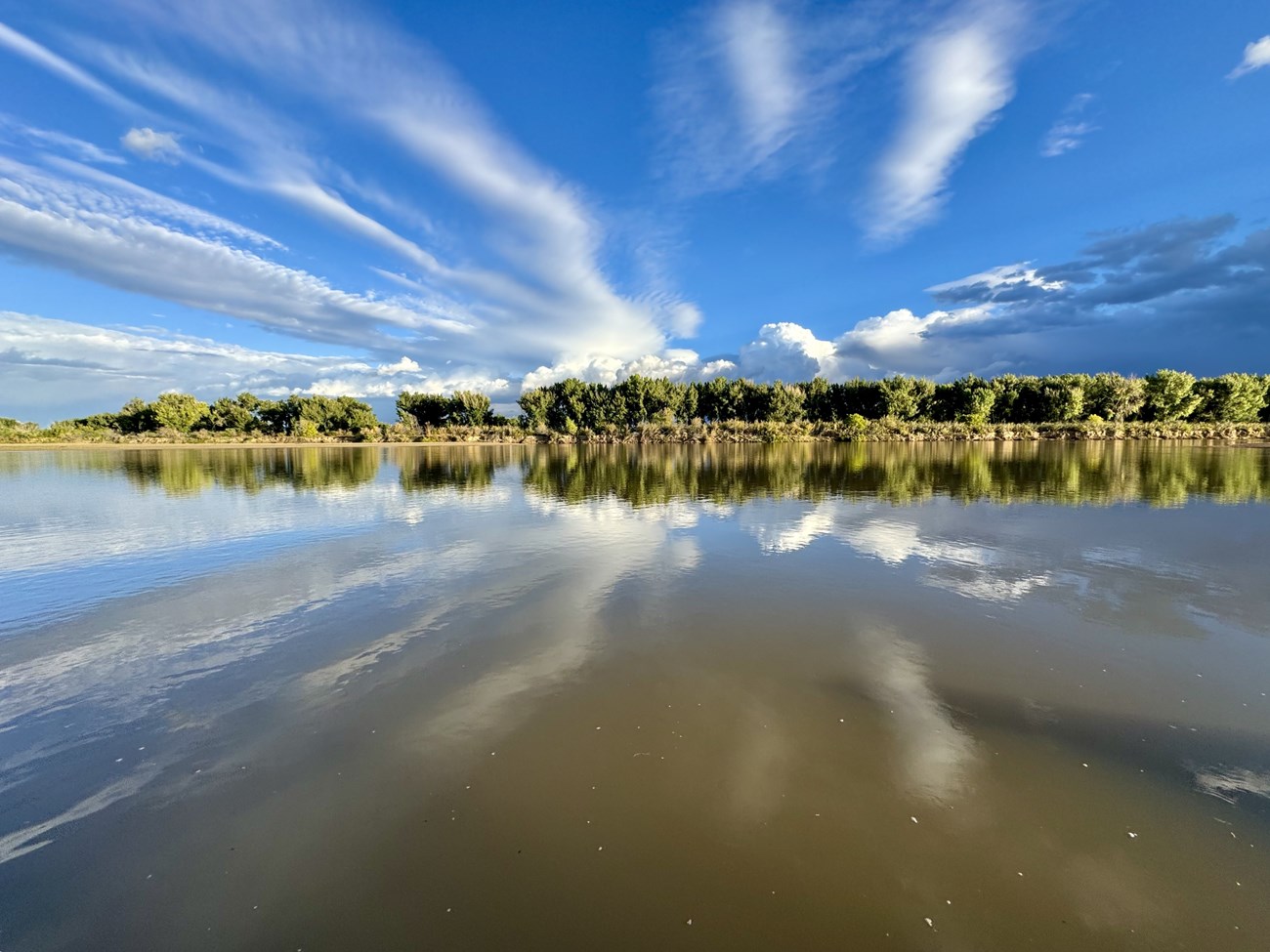





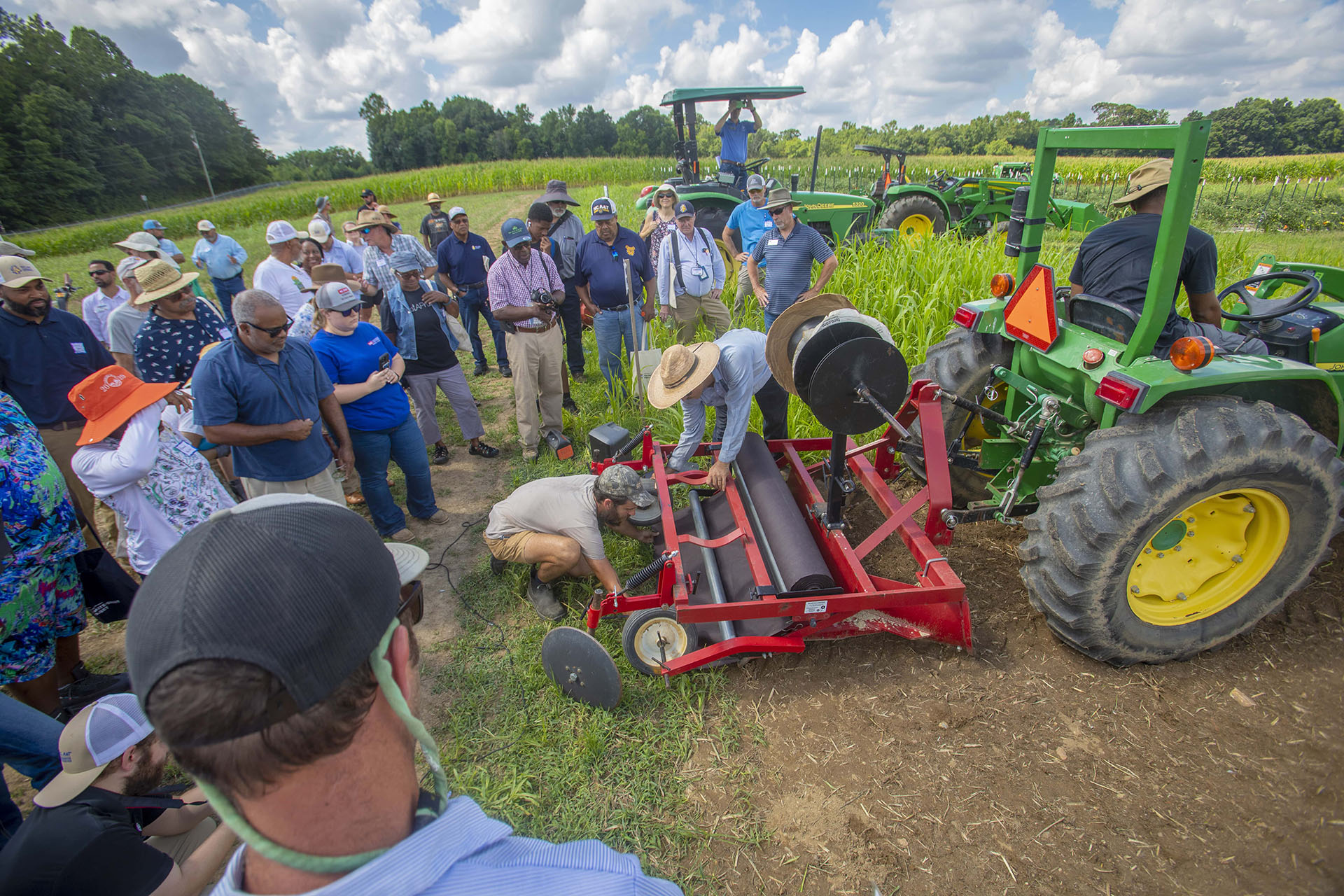
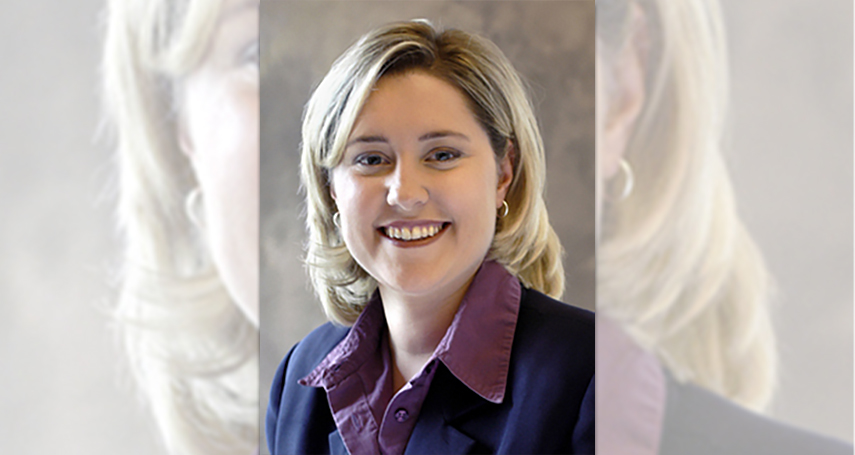


:quality(75)/https://static.texastribune.org/media/files/4f27e98414f61fe141486b96294ee3ae/MMR%20Vaccine%20REUTERS.JPG)

